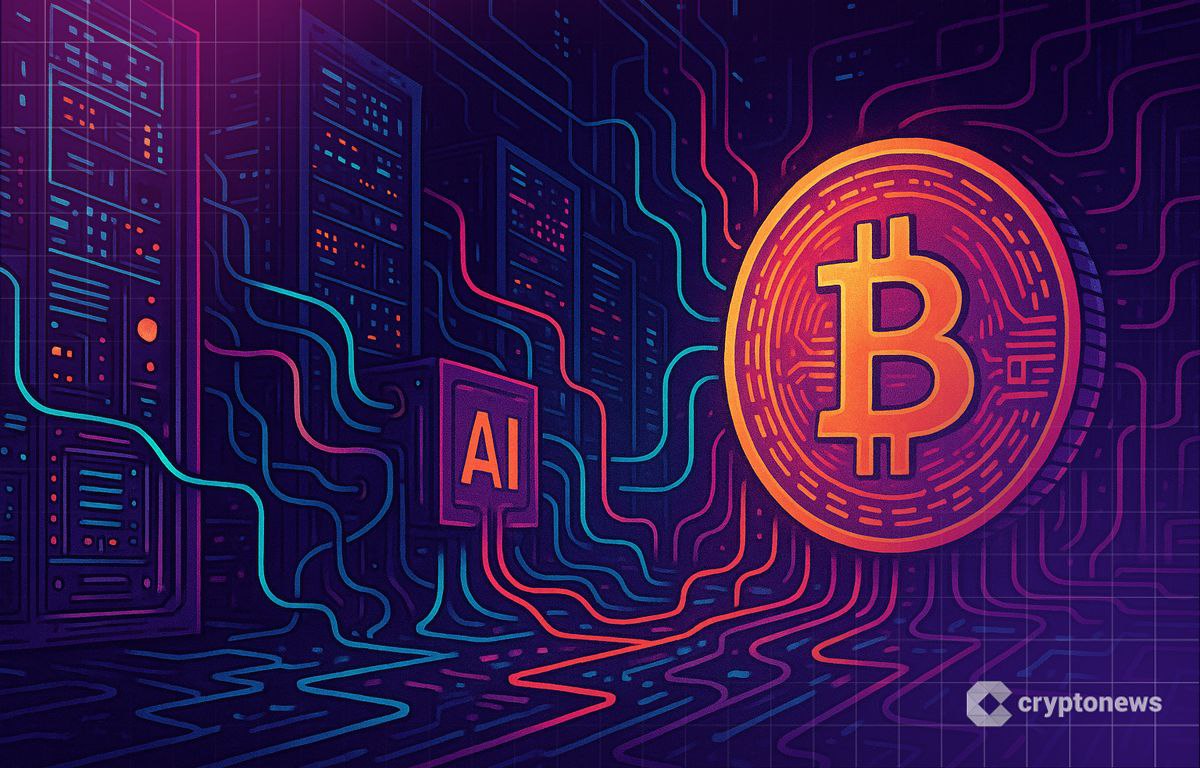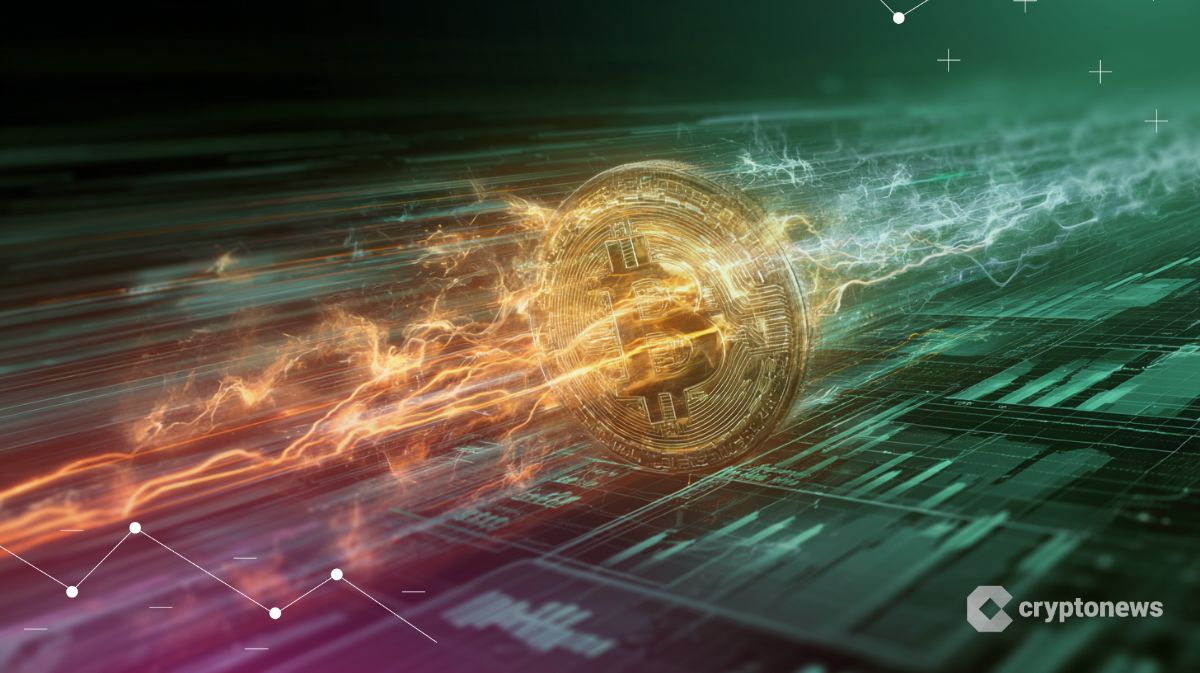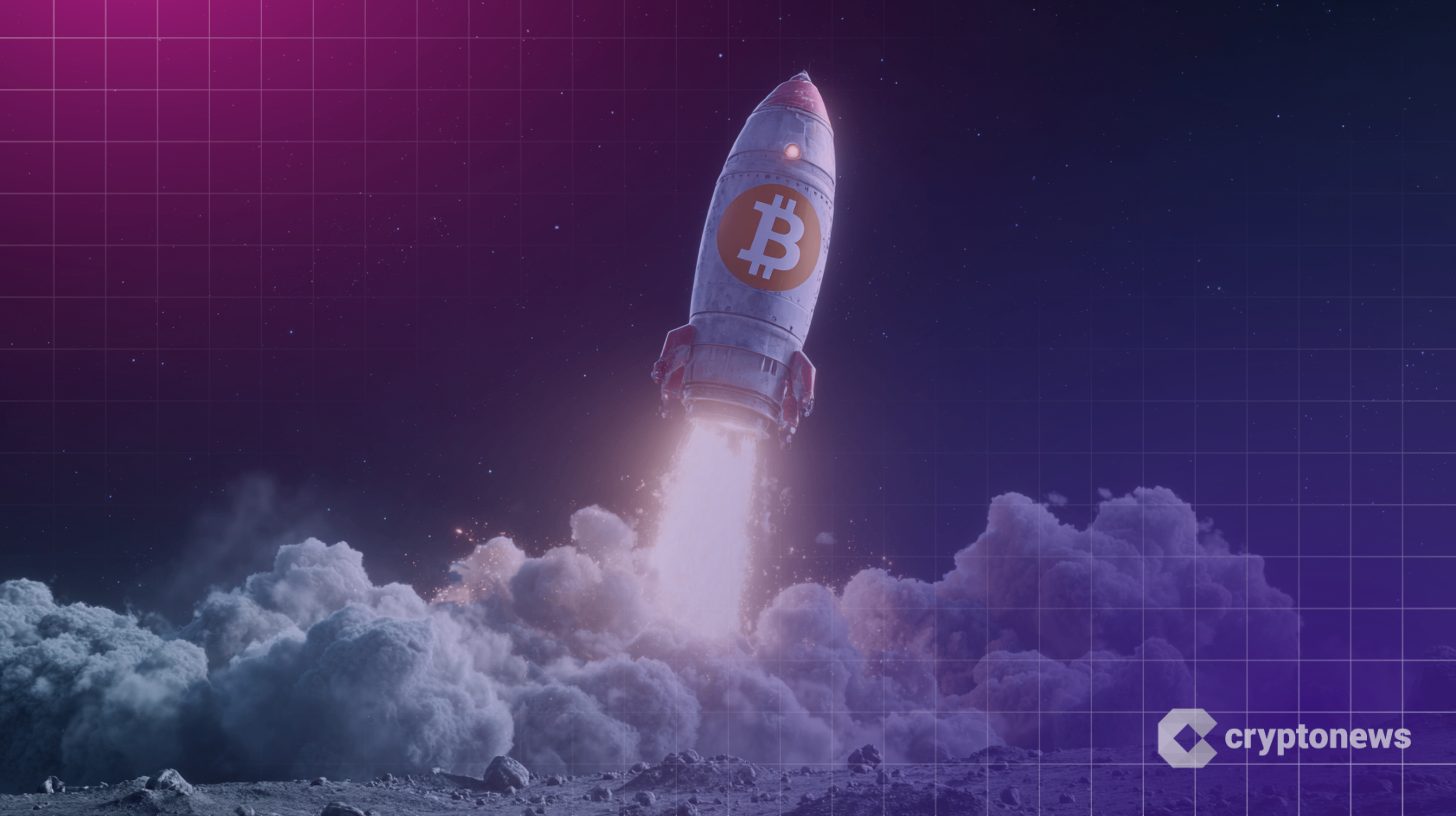AI Firms Pivot to Bitcoin Mining with Data Center Power

Key Takeaways:
AI companies are now using excess data center power to mine Bitcoin. The move could help stabilize electricity grids and improve energy efficiency, according to analysts. Mara Holdings and Riot Platforms are some of the first companies to mine Bitcoin using AI data center electricity.AI companies are now using excess data center power to mine Bitcoin — a move that could help stabilize electricity grids, improve energy efficiency, and boost the economics of both sectors, according to industry analysts.
In June, Bitcoin miner Mara Holdings launched a project that leverages idle power from an artificial intelligence (AI) data center to mine Bitcoin (BTC).
Earlier, rival Riot Platforms announced it spent $1 billion on energy infrastructure that will be used for both Bitcoin mining and AI operations.
“Hugely significant,” Daniel Batten, climate tech investor and a prominent analyst on Bitcoin’s environmental footprint, said of Mara’s initiative. “The convergence of AI and Bitcoin mining is happening,” he told Cryptonews.
Until now, it’s mostly been Bitcoin mining companies diversifying into AI compute services to tap new revenue streams, Batten says. But Mara’s move changes things: AI firms are now becoming Bitcoin miners.
“The convergence is happening in both directions,” he said, noting that artificial intelligence companies are being driven by a need to monetize unused energy and optimize their power procurement strategies.
“AI companies squander a lot of wasted energy because they have to forward purchase power, and a lot of that gets wasted. It’s not a physical waste, but an economic waste because they’ve purchased more than they can utilize. Bitcoin mining is ideally suited to absorb that surplus.”
Running large language models (LLMs) like OpenAI’s GPT or training image recognition systems at hyperscale levels demands huge amounts of computing power — and by extension, energy.
For example, training the GPT-3 model was estimated to use just under 1,300 megawatt hours (MWh) of electricity last year — roughly equivalent to the annual electricity used by about 130 households in the U.S.
Training the more advanced GPT-4, meanwhile, is estimated to take 50 times more energy, researchers say. Much of this energy is consumed by data centers, which are used to train and operate AI models.
Artificial intelligence companies often over-purchase power capacity to avoid costly downtimes and ensure seamless operation of their power-hungry data centers. But not all that energy gets used all the time.
Solving the ‘Spiky’ Demand Dilemma
According to Batten, the AI/Bitcoin mining nexus is addressing long-term inefficiencies in data center power dynamics, turning excess energy into a new source of value.
For AI companies spending millions daily on compute, the ability to mine Bitcoin during off-peak hours could reduce operating costs.
Mara Holdings is an early mover in this respect. The Florida-based company’s use of AI infrastructure to mine Bitcoin not only cuts waste but also brings in new revenue while creating a responsive energy consumer for the grid.
“Meeting the demands of today’s compute infrastructure isn’t just about adding more energy, it’s about making better use of the power we have,” said Fred Thiel, CEO of Mara, in a recent press statement.
“In Mara’s flexible data centers, unused, underutilized or otherwise stranded energy resources are tapped to secure the world’s preeminent blockchain ledger, converting clean energy that would otherwise go to waste into economic value,” he added.
His comments were echoed by Brian Morgenstern, head of public policy at Riot, who told a Reuters energy conference in June that “Bitcoin mining can be a first mover on sites suitable for AI data centers to build power infrastructure and monetize capacity.”
Morgenstern said Riot Platforms had invested $1 billion in energy infrastructure and energized a 400MW power plant in Corsican, Texas, that is using 40% of its capacity to mine Bitcoin.
“We’re monetizing that power…we’re buying land, [and] we’re bringing in AI data center development experts,” he said.
But the implications for models such as Mara or Riot’s extend far beyond corporate profit, says Batten. It’s the impact they have on grid stability. Artificial intelligence data centers tend to create erratic, hard-to-predict power demand.
This “spikiness” is a “nightmare” for grid operators, he said, especially as more renewable energy like solar or wind, which is by nature intermittent, comes online. Batten explained in a voice message to Cryptonews:
“Spiky power demand is really bad for the grid, particularly when grid operators are already struggling with the intermittency of variable renewable energy. If you then have an intermittent power user, it’s an absolute nightmare.”
Bitcoin Mining Stabilizes Power Grids
Batten said Bitcoin mining can stabilize unexpected spikes in AI power demand. That’s because, unlike most industrial processes, Bitcoin mining can be dialed up or down in seconds, responding to real-time grid needs.
When there’s too much energy or AI demand drops, miners can use that excess power. Likewise, they can swiftly shut off their machines when demand spikes — “making the grid operator’s job of stabilizing the grid so much more easy.”
“It means that you can put more variable renewable energy on the grid [without risking blackouts or brownouts],” says Batten. “Otherwise, they [grid operators] have to respond by just giving baseload energy.”
According to the environment analyst, “there is no modular, scalable, interruptible, load balancing technology that exists in the world today than Bitcoin mining.”
In his presentation at the Reuters energy conference, Morgenstern, the Riot head of public policy, said Bitcoin’s decentralization means mining facilities can “curtail power use when the grid needs them to.”
“It’s 100 degrees in August, no problem. We curtail when grid stress rises. At some sites, we can even sell grid stability services so the grid operator can use us like a thermo switch to balance supply and demand.”
The convergence of AI and Bitcoin, two energy-intensive sectors, is also critical for cutting carbon emissions. Experts say with better grid stability and less energy waste, renewable energy integration would be more feasible. As Batten notes:
“It’s going to be good for grid stability, and it’s going to be good for the AI data centers as well as be good for renewable energy generation.”
The big question, though, is whether the Mara model can scale.
“Absolutely,” Batten declared. “Any AI company forward-purchasing large amounts of energy, so, mid-sized to hyperscalers can benefit from this model. Pretty much everyone except for the small operators.”
The post AI Firms Pivot to Bitcoin Mining with Data Center Power appeared first on Cryptonews.



